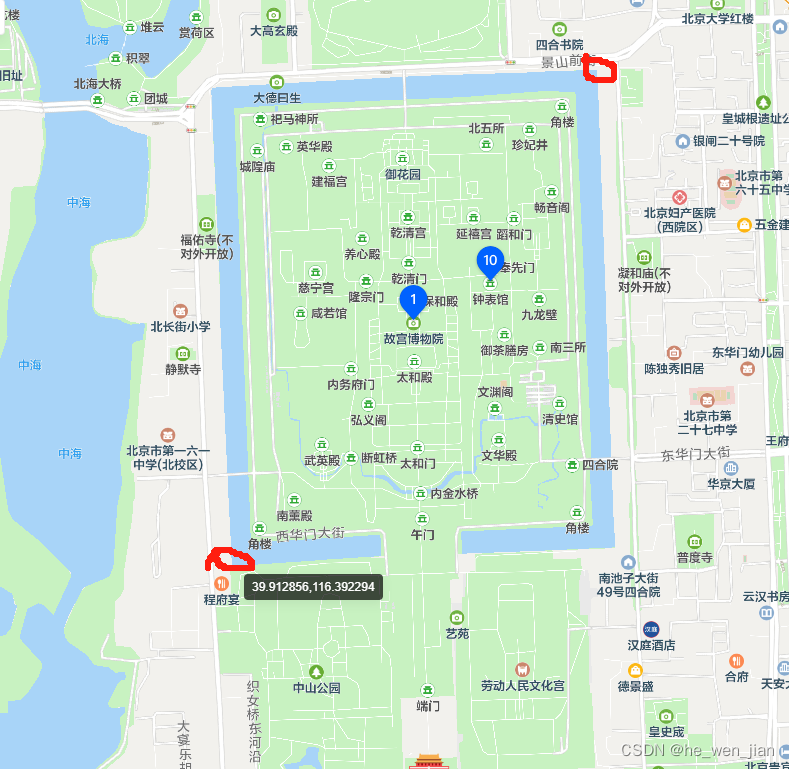map 一种无序的键值对, 它是数据结构 hash 表的一种实现方式。map工作方式就是:定义键和值,并且可以获取,设置和删除其中的值。
声明
检索键的值
当map中不存在该key时,该映射将返回该元素类型的零值。所以以上程序输出为:
检索键是否存在
检索键是否存在的语法为value, ok := map[key]
ok的值为map中是否存在该key,存在为true,反之为false。所以以上程序输出为:key3 no
遍历 Map中的所有元素
从 Map中删除元素
声明:本站所有文章,如无特殊说明或标注,均为本站原创发布。任何个人或组织,在未征得本站同意时,禁止复制、盗用、采集、发布本站内容到任何网站、书籍等各类媒体平台。如若本站内容侵犯了原著者的合法权益,可联系我们进行处理。






